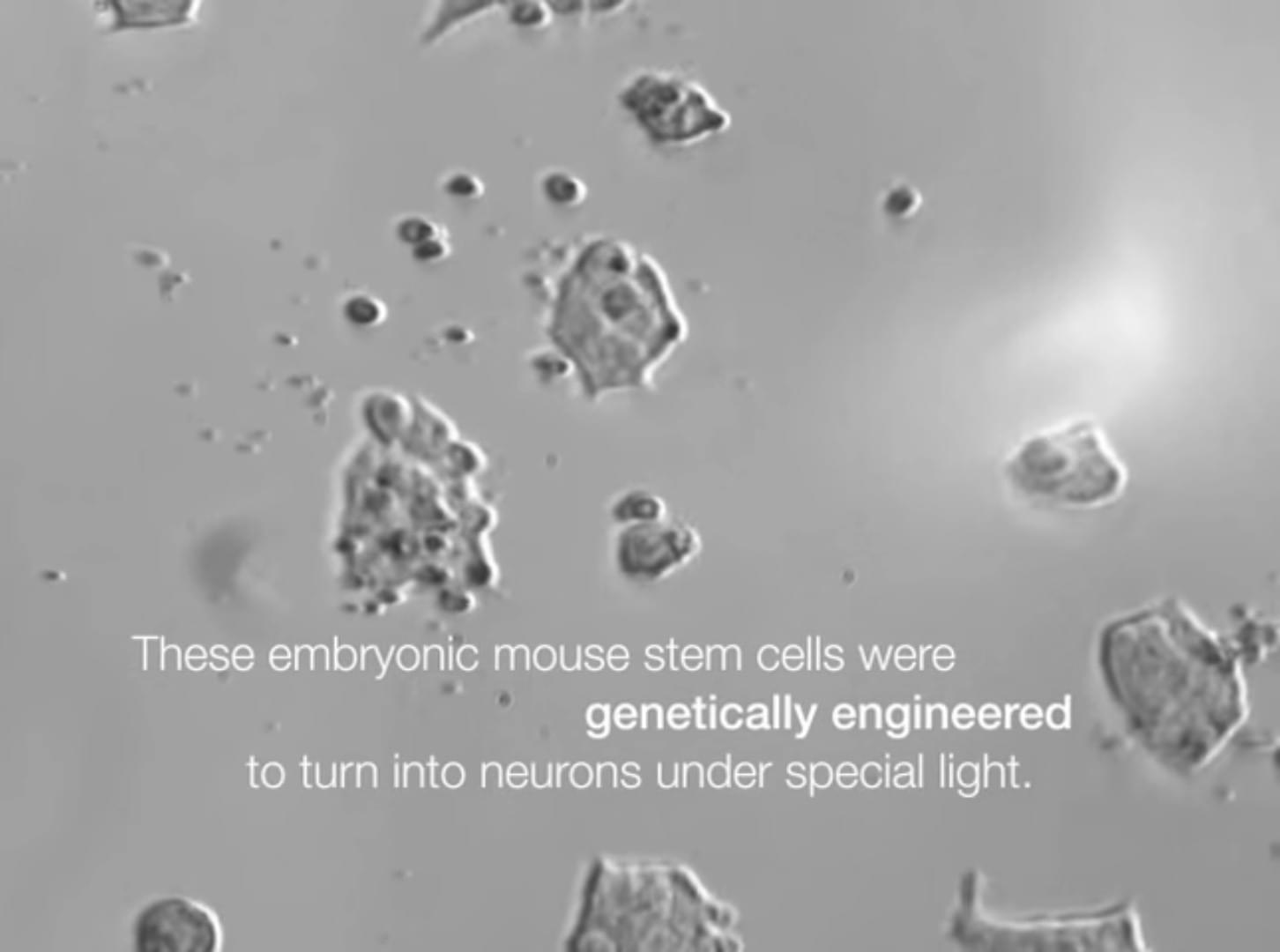Sep 12, 2015
This mind-controlled prosthetic robot arm lets you actually feel what it touches
Posted by Shailesh Prasad in categories: biotech/medical, cyborgs, electronics, neuroscience, robotics/AI
https://youtube.com/watch?v=bwz9SPMDO2k
The US government said today (Sept. 11) that it’s successfully made a Luke Skywalker-like prosthetic arm that allows the wearer to actually feel things.
At a conference in July, the US Defense Advanced Research Projects Agency (DARPA) presented the achievements it’d had to date in building a robot arm that can be controlled by a human brain. A little over two months later, the agency has announced at another conference that it’s managed to update the technology to give the wearer the feeling of actually being able to sense things with the arm.
















